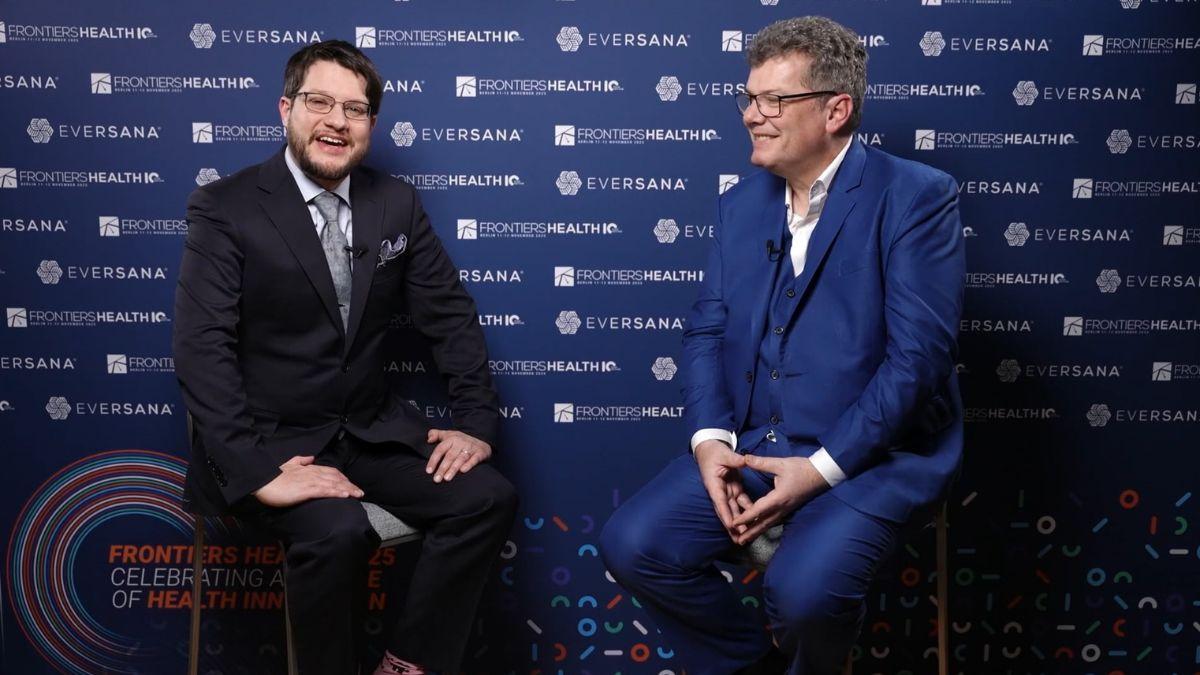Why it is more important than ever to optimise and innovate rare disease research

Rare disease research is vital to improve the lives of hundreds of millions of people worldwide. However, small target populations, combined with increasing drug development costs, can deter sponsors from developing therapies for rare conditions.
Professor Jennifer Visser-Rogers, chief scientific officer at Coronado Research, argues innovation is the key to developing rare disease treatments for the benefit of all.
Rare diseases – The numbers
Generally, a rare disease is defined as affecting fewer than five in 10,000 people.1,2 Although they are individually rare, collectively rare diseases are common. Conservative estimates suggest there are more than 7,000 rare diseases3 affecting between 263 and 446 million people globally at any one time,4 with new conditions being discovered as research advances.
Rare diseases can be both life-limiting and life-threatening, with children disproportionately affected. Around seven in 10 rare diseases affect children and more than three in 10 children with a rare disease die before their fifth birthday.5
The challenges of rare disease research
The current model of therapeutic development is increasingly unfit for purpose. While it has delivered amazing breakthroughs, it is set up for blockbusters with huge global markets. Rare disease research requires a more targeted, precision-based approach. However, precision-based approaches have small target populations. A decreasing market coupled with increasing costs can make rare disease programmes cost prohibitive unless efficiencies are built in.
The FDA has said supporting the development and evaluation of new treatments for rare diseases is a key priority.6 However, failure to reauthorise its Rare Paediatric Disease Priority Voucher Review Program (RPD RPV) has been described as ‘devastating step backwards’.7 The programme had led to the development of more than 50 safe and effective treatment options for rare paediatric diseases in its first 12 years.8
There are also significant ethical concerns with the use of placebos when conducting rare disease research. A randomised, two-group, double-blind, placebo-controlled study remains the gold standard of clinical research. However, patients with rare diseases often have no other treatment options and many rare diseases are severe, degenerative, or life-threatening, making it ethically difficult to justify giving a placebo instead of an experimental therapy that offers potential benefits. Patients and families may also experience distress knowing that they may receive a placebo instead of a potentially life-saving treatment, making recruitment to traditional placebo-controlled trials difficult.
Optimisation and innovation as solutions
Novel analytical methodologies, real-world data (RWD), innovative trial designs, and new technologies are crucial to optimise rare disease research and provide targeted therapies. As drug development costs increase, optimised trial design will be crucial for rare disease research.
Regulators have been increasingly supportive of innovative clinical trial designs. The EMA has published guidance on complex clinical trials, including the use of Bayesian approaches.9 The FDA has introduced a Complex Innovative Trial Design Meeting Program10 with the goal of facilitating and advancing the use of complex adaptive and other novel clinical trial designs. It has also published guidance on a range of topics designed to support rare disease drug development, including the use of natural history studies and new approaches to enhance the efficiency of drug development.11
Two examples of innovative methodologies with great potential for the rare disease space are external control arms and response-adaptive randomisation (RAR).
External control arms are being increasingly used in rare disease clinical trials and, instead of randomising patients to placebo groups, these trials use historical data, natural history studies, or RWD to serve as the comparator. As well as addressing ethical concerns, external control arms require fewer patients to be recruited, providing a solution to the limited availability of eligible participants in small patient populations and maximising the use of available data. By using external data, researchers can estimate treatment effects whilst minimising the burden on patients and accelerating drug development.
RAR is a trial design that dynamically adjusts the allocation of patients to different treatment arms based on interim response data. Unlike traditional clinical trials, where the randomisation allocations remain equal, RAR assigns more patients to treatment arms that demonstrate greater efficacy and reduces allocation to less effective or harmful interventions. By minimising the exposure to ineffective therapies, RAR trial designs improve recruitment and retention rates, and are an efficient use of limited patient populations, as they ensure that more data is generated on promising treatments. By favouring more effective treatments, RAR can also lead to faster identification of beneficial therapies, potentially shortening trial duration, and speeding up regulatory approval.
Conclusion
The complexities of rare disease research mean it is vital to continuously innovate and optimise. Traditional trial designs are being replaced by more complex approaches that offer exciting opportunities to speed up access to life-changing, and lifesaving, treatments. We need to continue to innovate, making processes more efficient, accurate, and adaptive, in order to ensure we seize the opportunities on offer, and continue to develop safe and effective treatments for those affected by rare diseases worldwide.
References
- https://health.ec.europa.eu/rare-diseases-and-european-reference-networks/rare-diseases_en
- https://www.fda.gov/patients/rare-diseases-fda
- https://www.nih.gov/about-nih/what-we-do/nih-turning-discovery-into-health/promise-precision-medicine/rare-diseases
- https://www.nature.com/articles/s41431-019-0508-0
- https://www.gov.uk/government/publications/england-rare-diseases-action-plan-2023/england-rare-diseases-action-plan-2023-main-report
- https://www.fda.gov/industry/medical-products-rare-diseases-and-conditions/designating-orphan-product-drugs-and-biological-products
- https://rarediseases.org/wp-content/uploads/2024/07/NORD-Pediatric-PRV-Report.pdf
- https://rarediseases.org/rare-pediatric-disease-prv-program/
- https://health.ec.europa.eu/system/files/2022-06/medicinal_qa_complex_clinical-trials_en.pdf
- https://www.fda.gov/drugs/development-resources/complex-innovative-trial-design-meeting-program
- https://www.fda.gov/drugs/guidances-drugs/guidance-documents-rare-disease-drug-development#Rare












